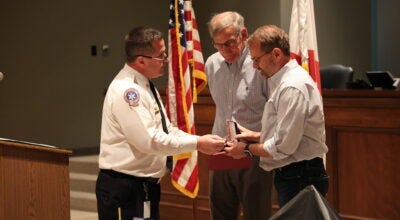Early numbers show possible need for elevated lanes
Published 4:21 pm Thursday, February 26, 2009
Early results from the Alabama Department of Transportation’s traffic study seem to show a need for the proposed elevated toll lanes on Highway 280, said preconstruction engineer Lance Taylor.
“The numbers are showing that we have a lot of commuter traffic that goes through the corridor,” he said. “There’s a substantial amount of traffic. We hope it shows there would be a use for the elevated lanes.”
The early results from the study, which focused on Highway 280 from Interstate 459 to Eagle Point Parkway, stated that 60 percent of all passenger cars use the Highway 280 corridor primarily for work travel. The study showed that 94 percent of all vehicles on Highway 280 are passenger cars.
Approximately 30 percent of all passenger cars using the corridor also use Interstate 459 on the same trip, which is a boon for supporters of the proposed elevated lanes. If erected, the lanes would go from Eagle Point Parkway to Interstate 459.
“We were anticipating heavy volume. It was good to know about 30 percent of (cars) are going to 459,” Taylor said.
The information isn’t complete yet, so ALDOT officials can’t take a stand on whether the elevated lanes are a real possibility, he said.
“This is just preliminary information. We’ve got a feel for the progress that’s being made,” Taylor said. “What we’re working towards right now is getting complete data. We’re hopeful this summer we’ll have a report out.”
The report’s other numbers show that a staggering percentage of drivers use the Highway 280 corridor mostly for work travel. For example, while 79 percent of vehicles on Highway 280 contain only one person, 90 percent of those vehicles are traveling to or from work.
To perform the study, ALDOT officials took to Highway 280 itself.
Workers stood on the side of Highway 280 and Old Highway 280 and waited for traffic lights to turn red. When cars had stopped, workers handed out survey sheets to people driving.
ALDOT received more than 17,000 responses to the traffic study, Taylor said.
“When we did our survey, we tried to target every possible user out there throughout the day,” Taylor said.









